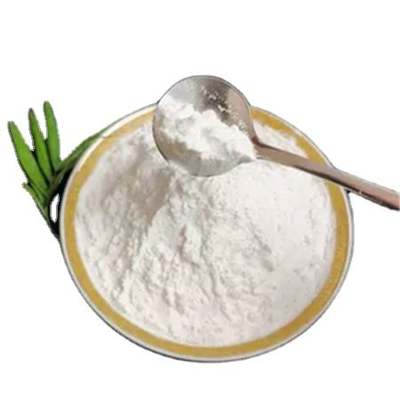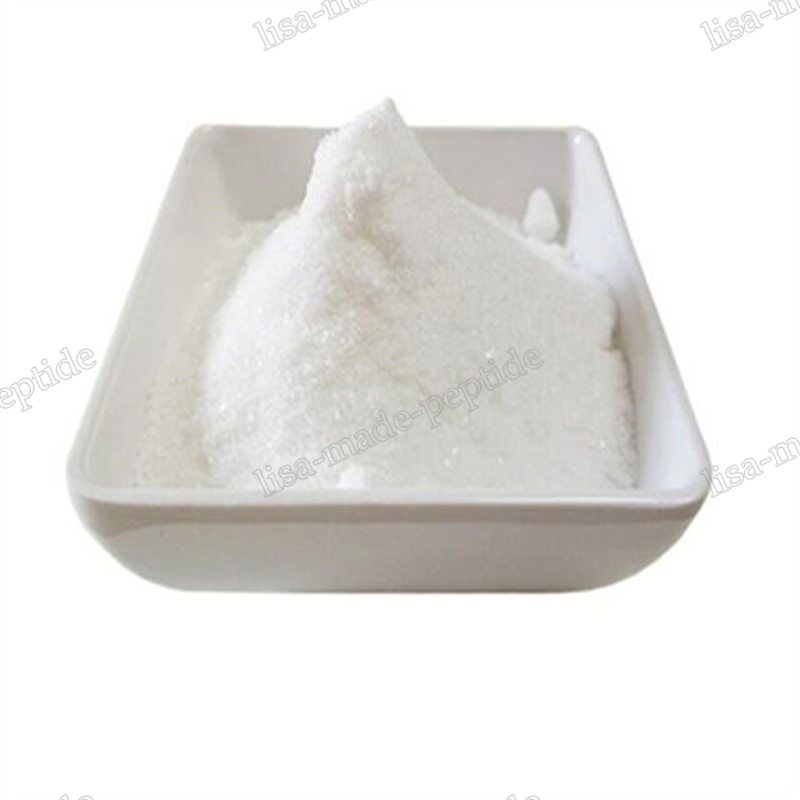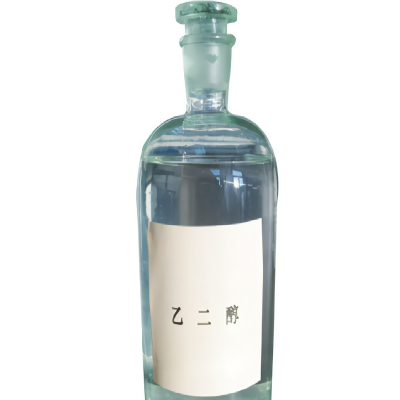-
Categories
-
Pharmaceutical Intermediates
-
Active Pharmaceutical Ingredients
-
Food Additives
- Industrial Coatings
- Agrochemicals
- Dyes and Pigments
- Surfactant
- Flavors and Fragrances
- Chemical Reagents
- Catalyst and Auxiliary
- Natural Products
- Inorganic Chemistry
-
Organic Chemistry
-
Biochemical Engineering
- Analytical Chemistry
-
Cosmetic Ingredient
- Water Treatment Chemical
-
Pharmaceutical Intermediates
Promotion
ECHEMI Mall
Wholesale
Weekly Price
Exhibition
News
-
Trade Service
【Chemical Machinery and Equipment Network Industry News】Petroleum refers to gaseous, liquid and solid hydrocarbon mixtures, which are divided into crude oil, natural gas, natural gas liquid and natural tar, etc.
, and are one of the main objects of
geological exploration.
Oil is mainly used as fuel oil and gasoline, two of the world's most important secondary energy sources, and is also the raw material for many chemical industry products such as solvents, fertilizers, pesticides and plastics, so oil is called the "blood of industry"
.
, and are one of the main objects of
geological exploration.
Oil is mainly used as fuel oil and gasoline, two of the world's most important secondary energy sources, and is also the raw material for many chemical industry products such as solvents, fertilizers, pesticides and plastics, so oil is called the "blood of industry"
.
Oil is a mixture of various compounds composed of various elements, and its properties are a comprehensive embodiment
of the properties of the various compounds contained.
Therefore, accurate quantitative and qualitative analysis
of its component content is required.
Among them, the standards for the detection of metal element content in petroleum include "SH/T 0934-2016 Determination of trace metal elements in petroleum coke Wavelength dispersive X-ray fluorescence spectrometry", "GB/T 18608-2012 Determination of nickel, vanadium, iron and sodium content in crude oil and residual oil Flame atomic absorption spectrometry method", "SH/T 0715-2002 Determination of nickel, vanadium and iron content in crude oil and residual fuel oil (inductively coupled plasma emission spectrometry)
。
of the properties of the various compounds contained.
Therefore, accurate quantitative and qualitative analysis
of its component content is required.
Among them, the standards for the detection of metal element content in petroleum include "SH/T 0934-2016 Determination of trace metal elements in petroleum coke Wavelength dispersive X-ray fluorescence spectrometry", "GB/T 18608-2012 Determination of nickel, vanadium, iron and sodium content in crude oil and residual oil Flame atomic absorption spectrometry method", "SH/T 0715-2002 Determination of nickel, vanadium and iron content in crude oil and residual fuel oil (inductively coupled plasma emission spectrometry)
。
Organized as follows:
SH/T 0934-2016 Determination of trace metallic elements in petroleum coke - Wavelength dispersive X-ray fluorescence spectrometry
This standard specifies a test method
for the determination of trace metal elements and sulfur content in petroleum coke by wavelength dispersive X-ray fluorescence spectroscopy.
for the determination of trace metal elements and sulfur content in petroleum coke by wavelength dispersive X-ray fluorescence spectroscopy.
This standard applies to raw petroleum coke or calcined petroleum coke samples, and the measured elements and their content ranges are listed in
Table 1.
Table 1.
The detection limits, sensitivity, and optimal measurement range of elements of this standard will vary
depending on the sample matrix, type of spectrometer, analytical crystals, and other instrument conditions and parameters.
depending on the sample matrix, type of spectrometer, analytical crystals, and other instrument conditions and parameters.
All trace metals are determined and reported in elemental form, Table 1 shows the applicable elements of the method and their range
of determination.
This method is also suitable for elements or content ranges other than Table 1 if there are enough standard calibration samples to make the correct calibration curve, but the precision values provided by this method are not suitable for measurements beyond the measurement range
of this method.
of determination.
This method is also suitable for elements or content ranges other than Table 1 if there are enough standard calibration samples to make the correct calibration curve, but the precision values provided by this method are not suitable for measurements beyond the measurement range
of this method.
GB/T 18608-2012 Determination of nickel, vanadium, iron and sodium content in crude oil and residual oil - Flame atomic absorption spectrometry
This standard specifies two methods
for determining the content of nickel, vanadium, iron and sodium in crude oil and residual oil by flame atomic absorption spectrometry.
These include Method A-Acid digestion for the determination of nickel, vanadium and iron in the sample and Method B organic solvent method for the determination of the content
of nickel, vanadium and sodium in the sample.
Method B uses oil-soluble metal elements as a standard to determine the content of oil-soluble metal elements, and is not suitable for the quantitative determination of samples containing non-oil-soluble particles, so the total content of metal elements measured by this method may be low, especially the determination of sodium in the form of inorganic sodium
salts.
for determining the content of nickel, vanadium, iron and sodium in crude oil and residual oil by flame atomic absorption spectrometry.
These include Method A-Acid digestion for the determination of nickel, vanadium and iron in the sample and Method B organic solvent method for the determination of the content
of nickel, vanadium and sodium in the sample.
Method B uses oil-soluble metal elements as a standard to determine the content of oil-soluble metal elements, and is not suitable for the quantitative determination of samples containing non-oil-soluble particles, so the total content of metal elements measured by this method may be low, especially the determination of sodium in the form of inorganic sodium
salts.
This standard applies to the determination
of nickel, vanadium, iron and sodium content in crude oil and residual oil.
For different elements, the precision of the two determination methods is different, and the appropriate method
can be selected according to the precision requirements of the specific analysis.
of nickel, vanadium, iron and sodium content in crude oil and residual oil.
For different elements, the precision of the two determination methods is different, and the appropriate method
can be selected according to the precision requirements of the specific analysis.
SH/T 0715-2002 Method for determination of nickel, vanadium and iron content in crude oil and residual fuel oil (inductively coupled plasma emission spectrometry)
This standard specifies methods
for determining nickel, vanadium and iron content in crude oil and residual fuel oil by inductively coupled plasma emission spectrometer (ICP-AES).
This standard is divided into Method A and Method B
.
for determining nickel, vanadium and iron content in crude oil and residual fuel oil by inductively coupled plasma emission spectrometer (ICP-AES).
This standard is divided into Method A and Method B
.
Method A uses organic solvent to dissolve the sample
.
This method uses the calibration curve method to test oil-soluble metals, and is not suitable for the detection and quantitative analysis
of non-oil-soluble particles.
Method B is used to analyze samples
that can be acidolyzed.
.
This method uses the calibration curve method to test oil-soluble metals, and is not suitable for the detection and quantitative analysis
of non-oil-soluble particles.
Method B is used to analyze samples
that can be acidolyzed.
The range of test content for this standard depends on instrument sensitivity, sample take, and dilution volume
.
Special cases are given
in the warning in clause 15.
2.
The typical lower limit of detection should be a few tenths of a mg/kg
.
.
Special cases are given
in the warning in clause 15.
2.
The typical lower limit of detection should be a few tenths of a mg/kg
.







